How To Fish Emergers For Trout | Four Easy Ways
How To Fish Emergers For Trout | Four Easy Ways
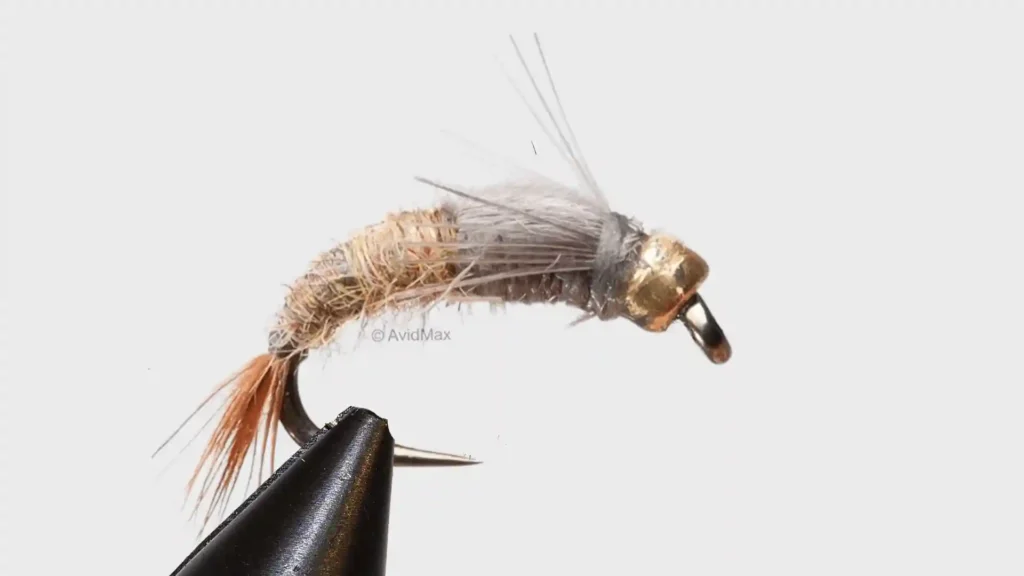
Thousand of people worldwide enjoy and love fly fishing. It is an interesting and exciting sport you can enjoy in any season. It also helps you to go out in nature and catch many fish – from Salmon to Trout.
Trout fishing is one of the most popular fly fishing. Itis a super fun outdoor activity for everyone. In it unique bait called emergers are used.
They move subtly and come above the water, creating a perfect chance to relax in nature.
Whether using nymphs or dry flies, setting up your line with fish emergers for trout the right way increases your chances of catching trout. Learn basic casting and bait presentation, and understand different fishing lines for better results.
In this article, I will guide you through my 16 years of experience in effectively using emergers when it comes to catching those delicious trout!
What is an Emerger?
In fly fishing, emergers mimic insects like Midges, Mayflies, and Caddis that are hatching from the water. These insects, in their larval stage, swim to the surface to become adults.
As they emerge, breaking free from their shells and opening their wings, they become vulnerable to fish, making them easy targets.

Sadly, many fly fishers miss out on the advantages of using emergers. These tiny insects signal the start of a hatch and are a crucial part of a trout’s diet. Without imitating emergers, trout are less likely to come to the water’s surface. Understanding the benefits of using emergers in trout fishing is essential for a successful angling experience.
When Should You Use Emergers?
The best time to use an emerger in fly fishing is when you see action on the water’s surface, like fish coming up or insect activity. Emergers mimic flies emerging during a hatch, attracting fish.
If you notice fish rising, try using an emerger. Surprisingly, you can entice trout with an emerger even without surface activity. Emergers work well at all levels of the water.
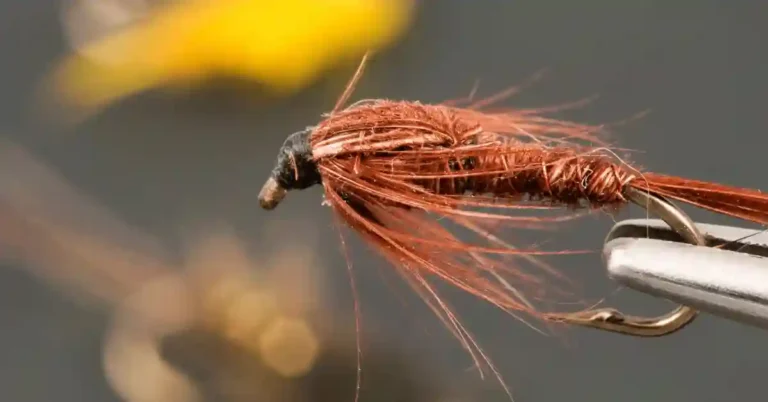
Fish focus on the surface during hatches when insects fall or nymphs transform. As long as the water is above 50 degrees, at a decent speed, and not muddy, using an emerger is a smart choice.
How To Fish Emergers For Trout | Techniques
If you’re familiar with drys, nymphs, and streamers in fly fishing, emergers can be your next exciting venture. They work well both as a dry fly and in nymphing, depending on what’s happening in the water.
There are various techniques for fishing with emergers, and here are two main types: the dry fly dropper and the tight line nymphing method. The choice between them depends on your casting preference and the specific location you’re fishing
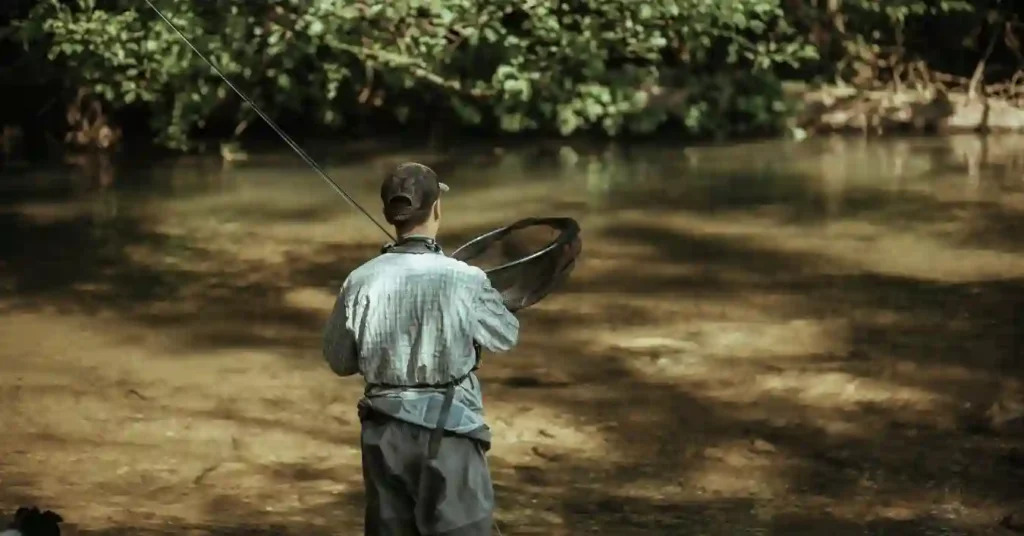
Dry Fly Dropper Technique
When you hear about droppers, you might think of Hopper Droppers, but this technique goes beyond just hoppers. A favorite approach is a two-fly setup, pairing a larger stimulator dry fly like a Royal Wolf or a Hot Wing Caddis with an emerger about 12 to 14 inches behind.
This method allows you to track the larger dry fly easily, watching for any signs of a rising trout. If you spot movement, move in, set the hook, and get ready for an exciting catch.
Source: Guide Recommended
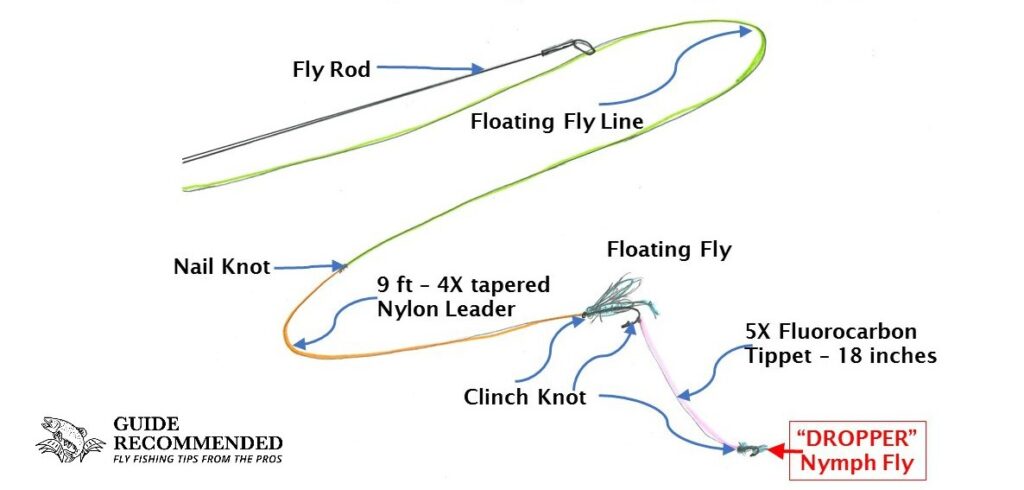
Tight Line Nymphing
For effective fishing in pocket water, the tight line method, also known as tight-line nymphing, is a go-to technique. This approach involves using minimal fly lines on the water, creating a direct connection to your flies.
It’s perfect for presenting sub-surface flies, providing precise control over the emergency’s speed and depth. Commonly referred to as high-sticking, the key is to position the rod tip over your line, allowing it to drop straight from the rod tip to the weighted flies below.
To achieve this effect, use a weighted lead fly to draw the line down and connect your emergency fly to a dropper. The emerger will hover in the middle water column and rise to the surface as it swings.
What’s great about this technique is that you can fish without an indicator, relying on the tight connection to feel subtle takes. While there are numerous ways to fish emergers, especially for beginners, try these two for optimal success:
On Top Technique
Transitioning to fishing the emerge on the surface like a normal dry fly can be highly effective during a hatch. Use floatant to prevent sinking and consider fishing it as a dropper behind a dry for added allure.
Just Below the Surface Technique
This technique comes in handy when a dry fly isn’t doing the trick during a hatch. Cast an emerger without floatant, allowing it to sink just below the surface. Fishing it as a dropper off a dry offers the added benefit of using the dry as an indicator, helping you detect takes when the trout breaks the surface.
How To Tie an Emerger: A Simple Guide
Materials Required
- Hook: Choose a size and style matching your target insect.
- Thread: Opt for fine thread in a color mimicking the natural insect.
- Tail: Select high-quality microfibers or tailing materials.
- Body: Use dubbing material imitating the insect’s color and texture.
- Wing: Employ CDC (cul de canard) feathers for a realistic and buoyant wing.
- Ribbing: Utilize thin wire or tinsel for segmentation and durability.
- Hackle: Pick a soft hackle feather matching the insect’s legs.
Tying Steps
1. Prepare the Hook: Secure the hook in the vise, ensuring proper positioning.
2. Start the Thread: Begin wrapping the thread at the hook eye, securing it tightly, and trim the excess.
3. Add the Tail: Tie in a sparse bunch of microfibers at the hook’s rear to create a realistic tail, proportional to the hook size.
4. Attach Ribbing: Tie in ribbing material along the shank, leaving space for the body and head.
5. Dub the Body: Apply a small amount of dubbing to the thread and wrap it forward along the shank to create a tapered, smooth body.
6. Wrap the Ribbing: Counter-wrap the ribbing material over the dubbing for segmentation and enhanced durability.
7. Prepare the Wing: Select CDC feathers, align them to create a wing slightly longer than the body, and tie it in at the front of the body.
8. Tie in the Hackle: Tie in a soft hackle feather at the front, with fibers pointing backward to imitate the insect’s legs.
9. Wrap the Hackle: Palmer the hackle forward for a dense, bushy appearance. Tie off and trim excess hackle.
10. Form the Head: – Build a small, neat head with thread wraps, securing the wing and hackle. Whip finish the thread and trim.
11. Final Touches: – Trim any uneven fibers for a balanced and natural profile.
Equipment Required
Trout fishing has been my lifelong passion, offering the perfect escape into nature’s tranquility along rivers and lakes. To excel in fishing with emergers, a grasp of fly-tying tools like bobbin holders, bodkins, and rod reel setups is crucial.’
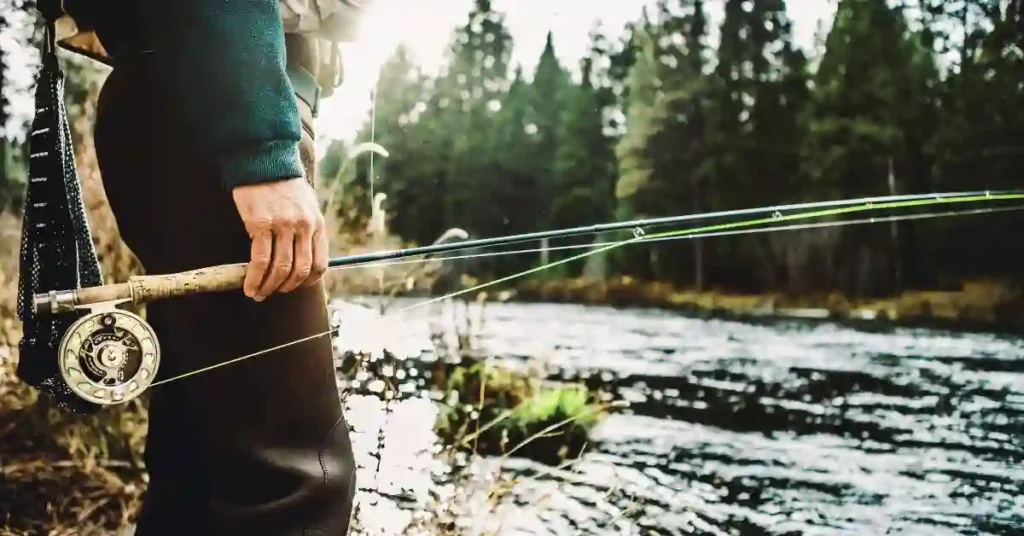
Understanding leader lines, tippet materials, and fly varieties is equally important. Mastery of these tools allows for successful fly tying.
Achieving success in trout fishing with emerger patterns hinges on grasping insect emergence patterns. This knowledge enables accurate imitation of the water. Embrace your passion for trout fishing, equip yourself with the right tools, and immerse yourself in the serene beauty of nature as you master the art of fishing with emergers.
So, Here’s a checklist to ensure you’re well-equipped:
- A4, 5, or 6 Weight Rod with Floating Line: Opt for a lighter rod, such as A4, 5, or 6 weight, paired with a floating line. This choice makes it easier to catch fish throughout the day.
- 10-12 Foot Leader: Select an ideal leader size of 10-12 feet. This ensures you won’t lose sight of the end, facilitating better control.
- Reel with Appropriate Drag: Equip yourself with a reel featuring the right amount of drag. Avoid excessive drag to prevent your line from extending beyond reach, ensuring you notice when a fish bites.
- 5x, 6x, and 7x Tippets: Use 5x, 6x, and 7x tippets, avoiding stiffer options like 2x or 3x. The flexibility of these tippets is essential for allowing the necessary freedom of movement when using an emergency.
- Chest or Pant Style Waders: While not always necessary, the choice between chest or pant-style waders depends on personal preference, temperature, and the fishing environment.
Understanding Insect Emergence Patterns
Fly fishing for trout is an artistic pursuit, and a crucial aspect is decoding insect emergence patterns. Understanding the life cycle of aquatic insects is key, as these creatures serve as prime food sources for trout. This make fly fishing easy.
Insect Emergence Patterns
Knowing how mayflies and caddisflies transition from their larval stage in rivers enhances angling success:
- Mayflies usually hatch mid-morning or late afternoon on warm days, with some species emerging at night.
- Caddisflies typically emerge late afternoons or evenings, often with multiple emergencies throughout the day.
Trout are most responsive to newly emerged insects leaving their nymphal cases and taking flight. When selecting flies for fly fishing, match the size and color of the natural insects currently hatching to boost your success.
If you spot fish near the water’s surface, quickly cast one of your dry flies!
In urban fly fishing, paying attention to insect activity and behavior guides the choice of the most effective emerger for the situation, optimizing your time on the river bank. Fly-tying techniques for emergers involve creating intricate patterns that mimic real insect features, ensuring they blend naturally – making them irresistible prey!
What’s the Best Time To Catch Trout?
Building on the previous information, knowing the best times to catch trout enhances your chances of success. Consider the seasonal hatching times of insects, but also pay attention to the temperatures preferred by trout:
1. Trout thrive in temperatures between 34 – 70 degrees Fahrenheit, feeling most comfortable in this range.
2. With rising temperatures, trout feeding activity increases. Monitor the temperature hourly to gauge changes throughout the day.
3. Trout tend to avoid feeding during intense sunshine as they cannot dilate their pupils. Fishing under cloud cover is more promising during these conditions.
4. If the temperature exceeds 70 degrees Fahrenheit, shift upstream to cooler waters for better success.
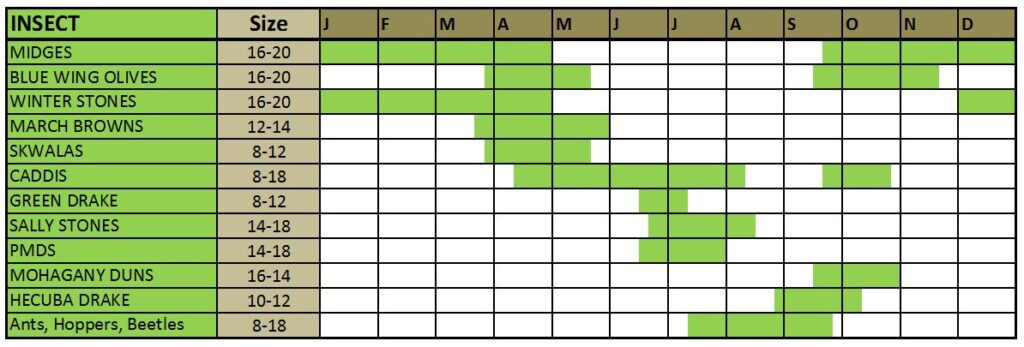
Understanding these temperature preferences allows you to strategically plan your trout fishing expeditions, maximizing your chances of a rewarding catch.
Dry Flies Vs. Emergers
While dry flies can be successful, emergers often serve as a more visible incentive to fish beneath the surface. By breaking through the surface film, emergers are typically more enticing than high-floating dry patterns.
Their increased visibility at a greater distance allows fish to lock onto the prey more effectively, making emergers a strategic choice for anglers. The following is the common difference between the both:
Dry Flies
Purpose: Designed to imitate adult insects floating on the water’s surface.
Presentation: Floats atop the water, mimicking an insect in distress or ready to lay eggs.
Characteristics: Buoyant materials keep it afloat; hackles and wings imitate adult insect features.
Fishing Style: Cast to rising fish; requires a drag-free drift on the water’s surface.
Targets: Trout feeding on insects at the water’s surface.
Dry Flies
Purpose: Mimic insects transitioning from aquatic nymphs to the surface.
Presentation: Sits partially submerged, imitating insects emerging from their nymphal shucks.
Characteristics: Lighter materials to imitate vulnerability during emergence; often feature trailing shucks.
Fishing Style: Cast to fish feeding just below the surface; effective during hatches.
Targets: Trout keying in on insects in the process of emerging.
Fly-Tying Strategies & Tips For Emergers
Strategies
Achieving success in trout fishing with emergers hinges on mastering fly-tying techniques. Creating a realistic fly pattern that entices fish to strike requires the right materials, dubbing techniques, and proper thread tension.
Choosing materials that blend with the environment is crucial. Natural colors like olive green or brown are often effective. Hand fibers, hackle feathers, and CDC feathers create lifelike emergence patterns. Incorporating flash materials such as Krystal Flash or Angel Hair adds extra attraction.
Proper thread tension is essential during the tying process. It secures materials, giving them shape and movement underwater. Once everything is secure, use scissors to trim excess material, allowing each element to move freely underwater, enhancing its attractiveness to trout.
To maximize success with emerger patterns, employ good presentation techniques. Cast upstream of where you anticipate trout, giving them ample time to notice and react before your line arrives. This approach significantly increases your chances of enticing and landing a catch!
Tips For Emergers
If you’re trying fly fishing with emergers, here are some simple tips:
1. Avoid dragging the emerger for more than 2 or 3 seconds. Trout may ignore it if they think it’s been on the surface too long.
2. Watch your emerger closely while fishing. This ensures you don’t miss trout coming to the surface, improving your chances of a catch.
3. If trout are eating adult flies, try using a standard dry fly with a trailing emerger for better results.
4. Experiment with various emergers to find what works best for you. It’s a useful tip to remember!
5. Make parts or all of the emerger break through the surface. This makes it more realistic and appealing for fish to catch onto effectively.
Top 7 Fly Fishing Destinations
Planning a fly fishing trip? But you don’t know where to go. The following are best locations for fly fishing. Moreover, these destinations are ideal for using emergers. They are prime spots where you’re most likely to enjoy a successful catch.
Yellowstone National Park, Wyoming/Montana
Known for its iconic rivers like Yellowstone, Madison, and Lamar, Yellowstone National Park is a fly fishing paradise. Anglers can target various trout species, including cutthroat, rainbow, and brown trout, amid stunning landscapes and geothermal features.
Bristol Bay, Alaska

Bristol Bay in Alaska is home to some of the world’s most productive wild salmon fisheries. Fly fishermen flock to rivers like the Naknek, Kvichak, and Alagnak to target all five species of Pacific salmon, as well as trophy-sized rainbow trout and Arctic char.
San Juan River, New Mexico
The tailwater section of the San Juan River below Navajo Dam is renowned for its consistent water temperatures and prolific insect hatches, creating an ideal environment for large rainbow and brown trout. It’s a year-round destination, offering fantastic fishing opportunities in a picturesque desert canyon setting.
Henry’s Fork, Idaho
Henry’s Fork, a tributary of the Snake River, is celebrated for its diverse insect life and challenging trout. The river provides a variety of fishing experiences, from technical dry fly fishing in Harriman State Park to float trips on the lower sections targeting large rainbow and cutthroat trout.
Madison River, Montana
The Madison River is a classic destination for fly anglers, offering a mix of challenging wade fishing and productive float trips. Famous for its salmon fly hatch and abundant rainbow and brown trout, the Madison flows through scenic valleys and canyons, providing a quintessential Montana fishing experience.
Great Smoky Mountains National Park, North Carolina/Tennessee
The Great Smoky Mountains boast over 2,000 miles of pristine streams, making it an excellent destination for fly fishing. Wild brook and rainbow trout inhabit these mountain streams, providing a backcountry experience amid lush forests and cascading waterfalls.
Bighorn River, Montana/Wyoming
The Bighorn River, flowing from the Yellowtail Dam, is renowned for its consistent water flows and prolific insect life. Anglers can expect to catch large populations of rainbow and brown trout, particularly in the famous Bighorn River’s “3-Mile Access” section, known for its wade-friendly waters and impressive fish counts.
Final Words
As a seasoned trout angler, I assure you that using emergers is highly effective. With practice and patience, understanding how these flies work becomes second nature. Armed with the right gear, insect knowledge, and fly-tying skills, you’ll boost your success on the water.
So, don’t hesitate – start catching fish! Recognize the insects in your area, create emerger patterns, and learn how to present them realistically. With a bit of effort, you’ll catch more fish than ever before!
Combine proper equipment, knowledge, tying techniques, and presentation strategies. Head to the river confidently, well-prepared for success. Good luck!

Meet Ibrahim Khan, an avid angler and author in Fishing Teach. He shares his wealth of knowledge from his 16 years of experiences in fishing. His articles are a captivating blend of practical insights and thrilling tales that invite readers into the enchanting world of fishing.
Ibrahim’s guides are your go-to guide in the realm of fishing on this informational site. Hailing from a coastal paradise, Ibrahim’s passion for angling is the heartbeat of his life.

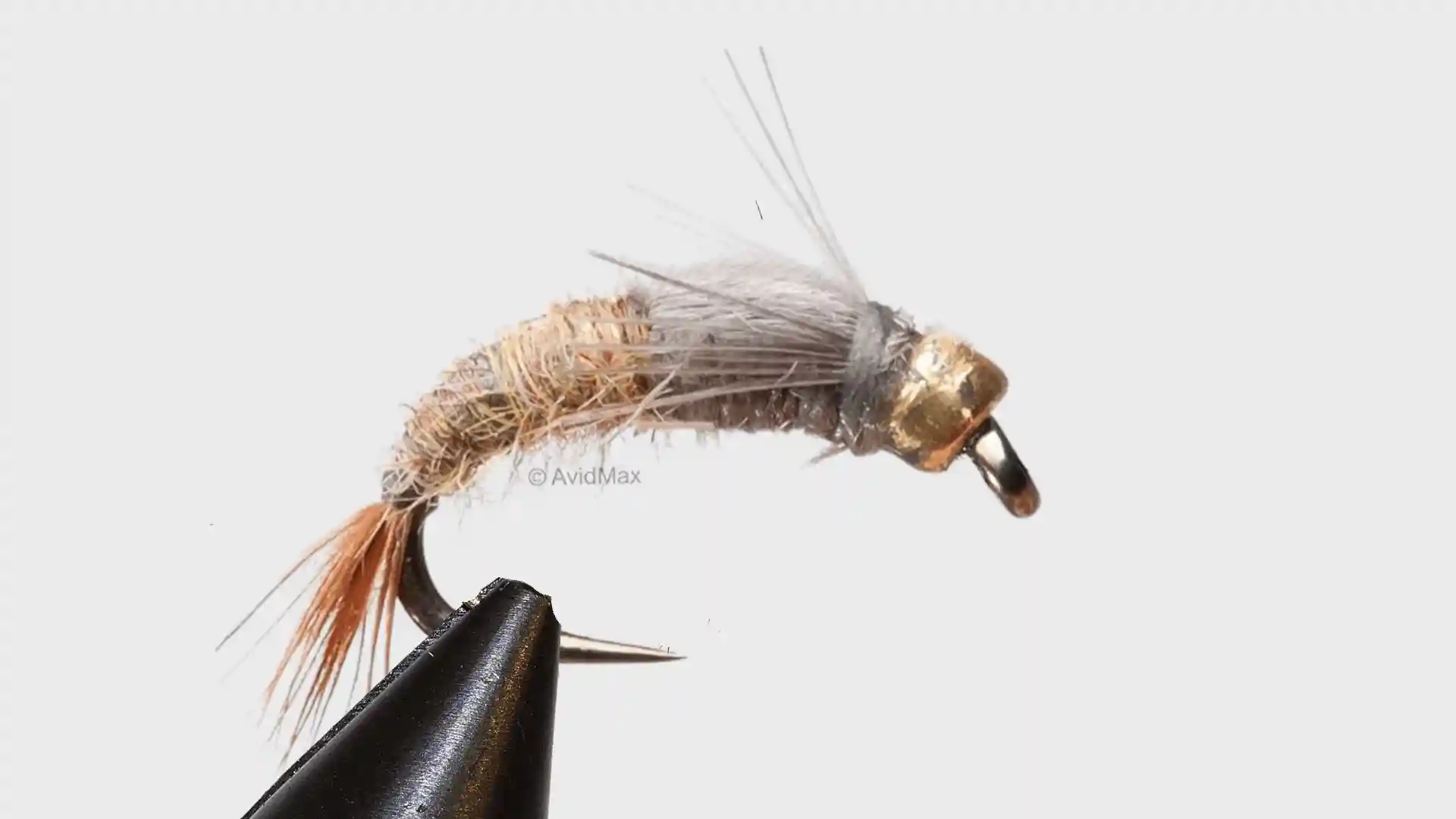
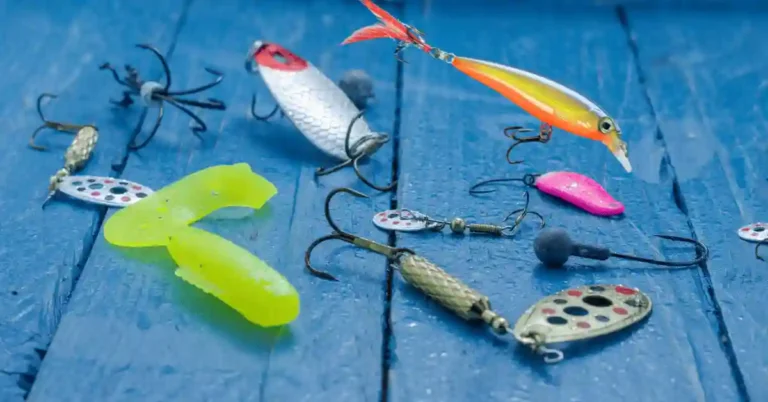
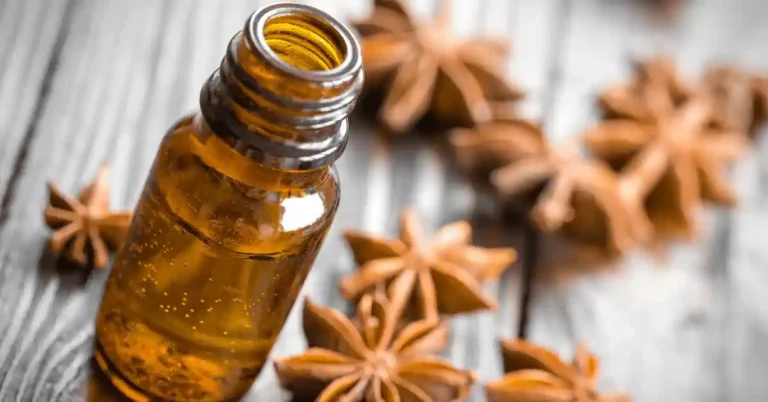
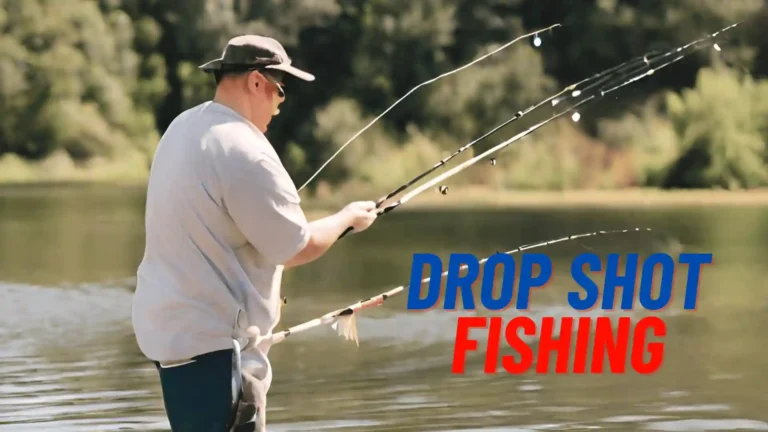
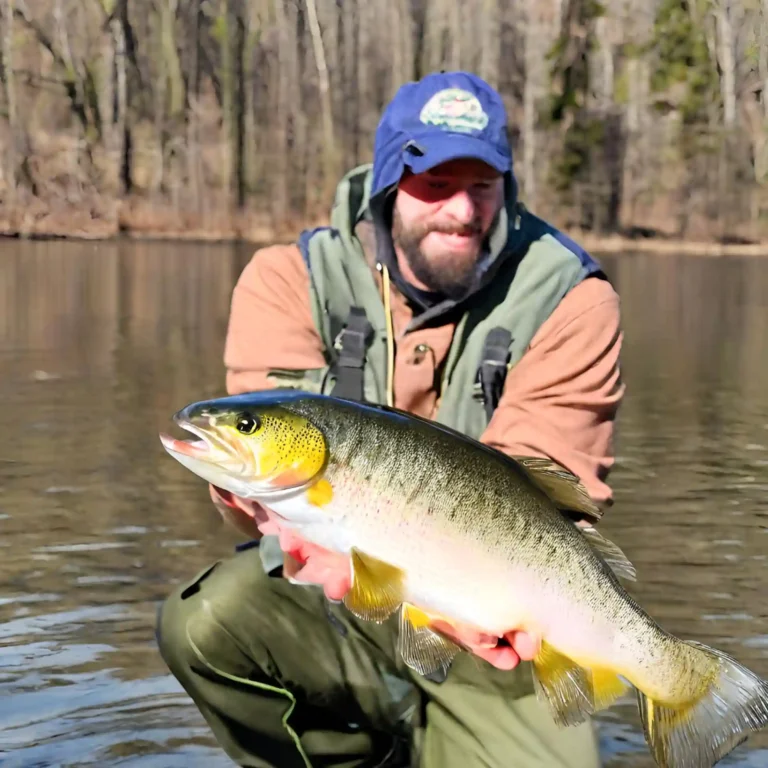
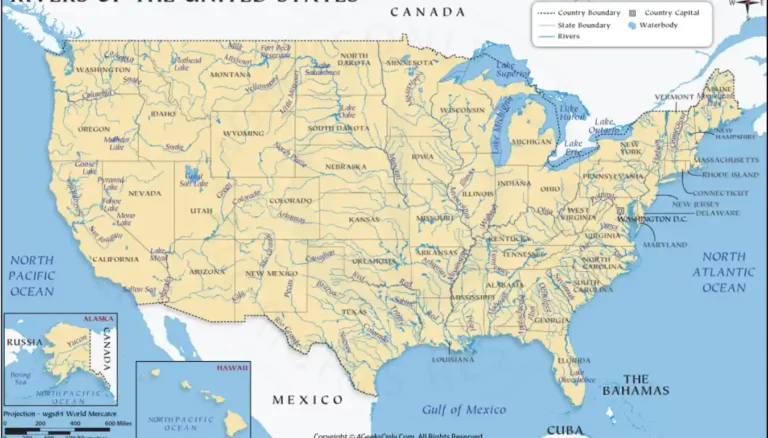
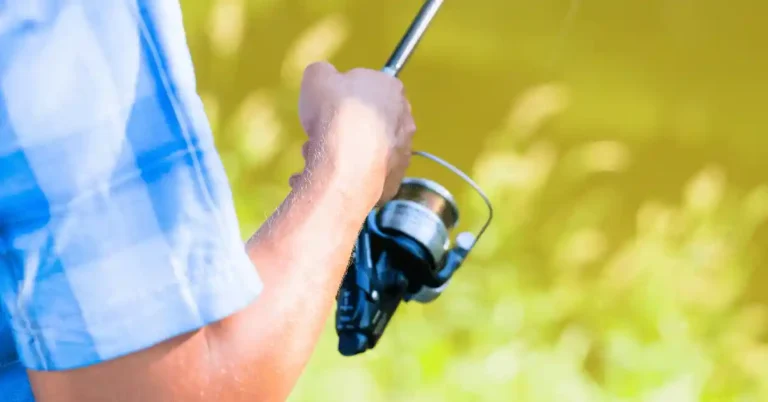
10 Comments